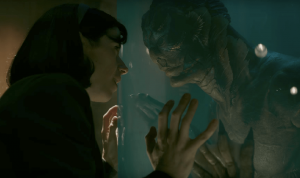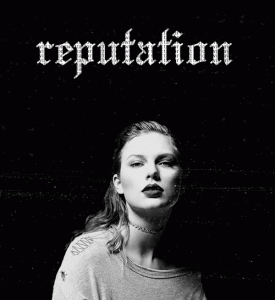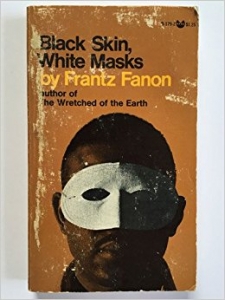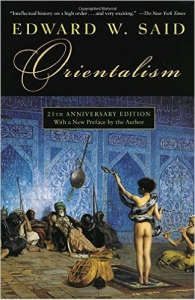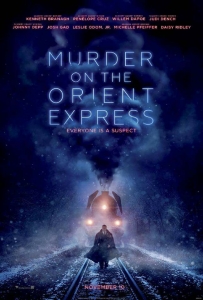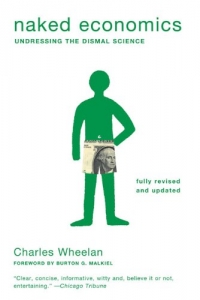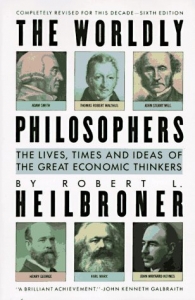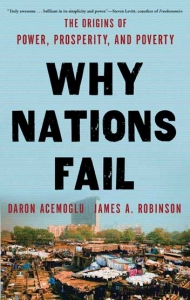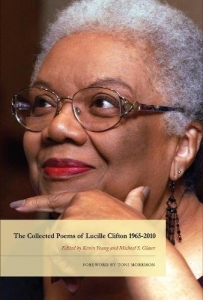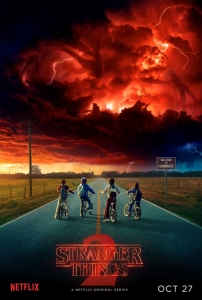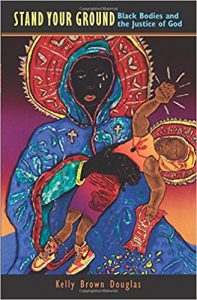Events in Baltimore (February 16th-March 2nd)
February 16
- 4 Hours of Funk** at The Windup Space
- BEYONCE VS RIHANNA DANCE PARTY at Ottobar
- IT’S UNVALENTINE’S DAY! DANCE PARTY* at Metro Gallery
- Caz Gardiner w/ The Flying Faders, Suburban Hi Fi at Sidebar
- Shellshag w/ Bigmouth, the Guests, Faunas, Pearl at Joe Squared
- The Future in the West** at The Crown
- REACHES//PWM//TarikEvolve//SeanKing** at The Crown
- LITZ 2 Day Run (Live Album Release): Funk You* at The 8×10
- Frozen Harbor Music Festival: Day One at Baltimore Soundstage
- Frozen Harbor Music Festival: Day One at Rams Head Live!
- Monster Jam: Triple Threat Series at Royal Farms Arena
- “Pictures at an Exhibition” at Joseph Meyerhoff Symphony Center
- Steve Martin and Martin Short: An Evening You Will Forget For The Rest of Your Life at The Lyric
- Ladies Night at Grand Central Nightclub
- “Along with the Gods: the Two Worlds (신과함께-죄와 벌)” at The SNF Parkway
February 17
- Baltimore Into Comics Issue #17 at The Windup Space
- STACKED LIKE PANCAKES w/ THE STOLEN, MORE TBA at Ottobar
- SURF ROCK NIGHT! OTTOBAR’S SHRUNKEN HEAD w/ KILLERS FROM SPACE, THE TSUNAMI EXPERIMENT at Ottobar
- JOSEPH & THE BEASTS w/ Manners Manners, Santa Librada, DJ Pancakes* at Metro Gallery
- Rats In The Wall w/ All Torn Up, Pearl, Syringe at Sidebar
- Elegant Filth: Live Burlesque** at The Crown
- LITZ 2 Day Run (Live Album Release): Box Era* at The 8×10
- Frozen Harbor Music Festival: Day Two at Baltimore Soundstage
- Frozen Harbor Music Festival: Day Two at Rams Head Live!
- Monster Jam: Triple Threat Series at Royal Farms Arena
- “Pictures at an Exhibition” at Joseph Meyerhoff Symphony Center
- Charles Revival Series: “Night and the City” at The Charles Theatre
February 18
- ROAD TO SXSW at Ottobar
- HONEY RADAR w/ Margins, Homosuperior, Birth (Defects), Henry Owings* at Metro Gallery
- GLOOP, Jim Shorts, Middle Kid, Too Soon Jokes at New America
- INTERVALS “THE WAY FORWARD TOUR” w/ JASON RICHARDSON, NICK JOHNSTON, NIGHT VERSES at Baltimore Soundstage
- Monster Jam: Triple Threat Series at Royal Farms Arena
- “Pictures at an Exhibition” at Joseph Meyerhoff Symphony Center
- Cinema Sunday at The Charles Theatre
February 19
- Hortio Dark at The Windup Space
- Charles Revival Series: “Night and the City” at The Charles Theatre
- “Chisholm ’72 – Unbought and Unbossed”: President’s Day Screening! At The SNF Parkway
February 20
- Black Mass w/ Led To The Grave, Narrow Grave at Sidebar
- SILVERSTEIN & TONIGHT ALIVE w/ BROADSIDE, PICTURESQUE at Baltimore Soundstage
- STRFKR w/ Reptaliens at Rams Head Live!
- Louis Malle’s “God’s Country” presented by Colette Shade at The SNF Parkway
February 21
- Drink and Draw!** at The Windup Space
- TRONG-PONG: Black Light Table Tennis at The Windup Space
- I SET MY FRIENDS ON FIRE w/ KISSING CANDICE, AWAKEN I AM, AT THIS POINT, SPERMASAURUS REX at Ottobar
- YNDI HALDA w/ Staghorn, Time Columns at Metro Gallery
- Pow Pow Family Band/ $100 Girlfriend/ James and the Giant Peach** at The Crown
- ELM February Residency: lespecial* at The 8×10
February 22
- Beat Barrage featuring Ashley Sierra and Ullnevano and MORE! at The Windup Space
- FULL OF HELL w/ PRISONER, NEOLITHIC, R-COMPLEX at Ottobar
- DJ DIAMOND DUSTIN SPINS PUNK & METAL!** at Ottobar
- IAN BROWN MEMORIAL w/ Alms, Cemetery Piss, Pearl* at Metro Gallery
- No Zodiac w/ Strengthen What Remains, Iron Price, Dahmed., Cancer Priest at Sidebar
- UFO VOL 11** at The Crown
- A Night Of Japanese New Wave & Obscure** at The Crown
- Roots of Creation Grateful Dub Tour ft. Kash’d out, The Elovaers* at The 8×10
- “Rite of Spring” at Joseph Meyerhoff Symphony Center
- Justin Moore: Hell on a Highway Tour at The Lyric
- Charles Revival Series: “Get Out” at The Charles Theatre
February 23
- Surf Harp (Record release) w/ Operator Music Band, Zula, Chiffon, Jacober at The Windup Space
- TIM BARRY w/ JOSH SMALL, ROGER HARVEY at Ottobar
- MATT TALLEY (EP RELEASE) w/ Locus Sound, Thunder Club, Flying Jacob, TM Lockemy* at Metro Gallery
- Street 45’s w/ E. Joseph and the Phantom Heart, 3rd Grade Friends, Subtastics at Sidebar
- Depth Perception Presents: The Pleasure Tour ft. Exmag + Bass Physics, DeltaNine, Image.Nation* at The 8×10
- ELI YOUNG BAND w/ MELODIME at Baltimore Soundstage
- Katt Williams at Royal Farms Arena
- “Off the Cuff: Rite of Spring” at Joseph Meyerhoff Symphony Center
- Baltimore Craft Show at Baltimore Convention Center
- “Golden Exits” with director Alex Ross Perry! at The SNF Parkway
February 24
- LET THERE BE HOUSE! at The Windup Space
- BLACK MASALA at Ottobar
- BUTTER::
- OLD-SCHOOL CHILL HOUSE VIBES W/ DJ DAN G & MORE!** at Ottobar
- PIANOS BECOME THE TEETH w/ Praise, Unholy Sights* at Metro Gallery
- Bad Time w/ No Parking at Sidebar
- June Star with Stars and the Sea w/ Leland Sundries, Saddle of Centaur at Downsquares
- Night Gruuvs** at The Crown
- Splintered Sunlight* at The 8×10
- THE PRINCE EXPERIENCE at Baltimore Soundstage
- “Off the Cuff: Rite of Spring” at Joseph Meyerhoff Symphony Center
- Charles Revival Series: “Boudu Saved From Drowning” at The Charles Theatre
- MET Opera: “La Bohème” at The Charles Theatre
- Atomic Comics Klatch (ACK!) at Atomic Books
February 25
- Baltimore Record Bazaar Winter Show! at The Windup Space
- “Expert of Nothing” comedy game show at The Windup Space
- “MORE LAUGHS” THE ANNUAL BIG FRED BIRTHDAY COMEDY SHOW at Baltimore Soundstage
- “Rite of Spring” at Joseph Meyerhoff Symphony Center
- Revival Series: “Warner Brothers Cartoon Show” at The Senator
February 26
- VÉRITÉ w/ Roses And Revolutions, Pale Spring at Metro Gallery
- Runaway Brother w/ The Neckbeards, Clairvoyant, Pinkwench, 96 Olympics at Sidebar
- Charles Revival Series: “Boudu Saved From Drowning” at The Charles Theatre
February 27
- Brews and Board Games** at The Windup Space
- Gutter Demons w/ Meteor King, Skapparoneday at Sidebar
- The Beanie Bros Tour 2018* at The Crown
- Oak House / Drone Theory / Stars and The Sea* at The Crown
- Atomic Reading Club: Less Than Zero at Atomic Books
February 28
- TRONG-PONG: Black Light Table Tennis at The Windup Space
- ADULT. w/ HIDE, Extended Release* at Metro Gallery
- ELM February Residency: DJ Williams Shots Fired w/ All Star Cast* at The 8×10
- Revival Series: “Once Upon A Time In America (Extended Director’s Cut)” at The Senator
- Gunky’s Basement Presents: “American Psycho” on 35mm! At The SNF Parkway
March 1
- Foxhole Atheists at Sidebar
- MONDO BALTIMORE: Trash Flicks and Cult Epics!
- Ed Schrader’s Music Beat w/ Wume, Smoke Bellow* at Metro Gallery
- CHEFS: The Sizzling Kitchen Showdown
- Revival Series: “Belladonna of Sadness” at The Charles Theatre
March 2
- Tomason (record release) w/ Sea Lilies (record release), Flying Faders, Yanni II at The Windup Space
- Pressing Strings w/ Skribe* at Metro Gallery
- Lost in Society w/ Rooney’s Show, The Stifled, Old Bay Thrashers at Sidebar
- SOOHAN w/ Anna Morgan – Christian Dope at The 8×10
- “KÉKSZAKÁLLÚ” at The SNF Parkway
- “Western” at The SNF Parkway

